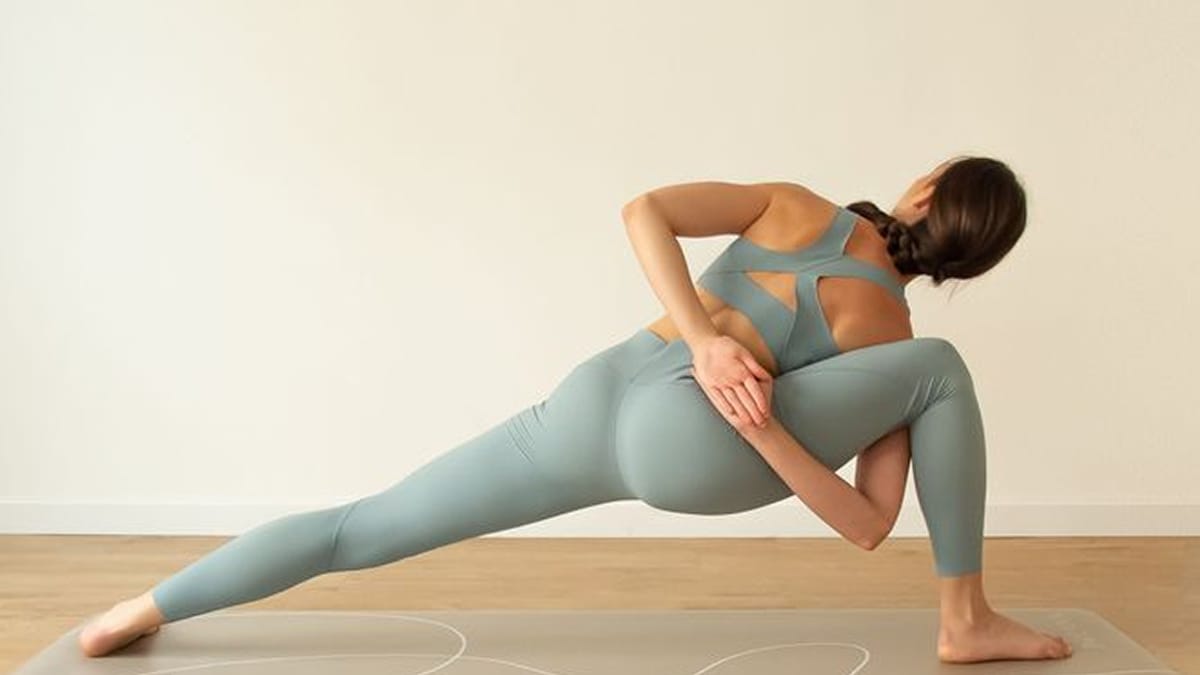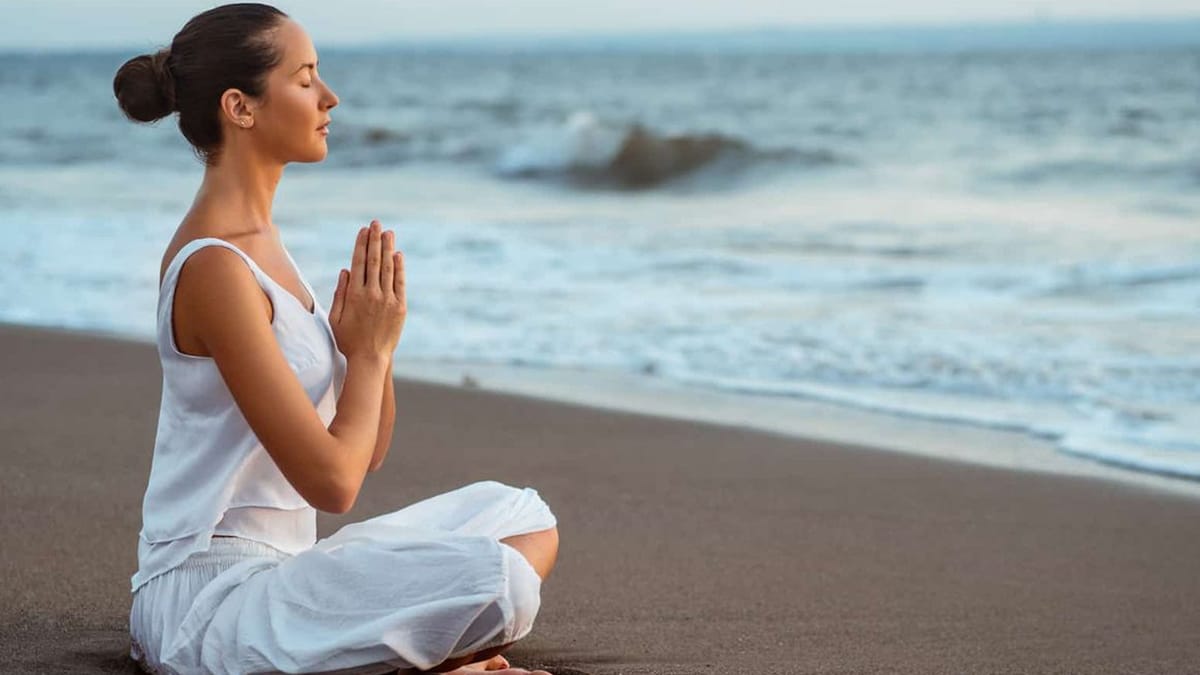Why Is Yoga Warm Up for Beginners Important Before Practice?
Many beginners who start yoga often wonder if warming up is truly necessary. The quick answer is yes, yoga warm up for beginners is critically important. It prepares the body, protects the joints, reduces the risk of injury, and helps the mind transition into a state of focus. Skipping warm up may feel like saving time, but in reality, it is a dangerous shortcut that can limit progress and even cause harm.

Why Is Yoga Warm Up for Beginners Important Before Practice?
The Role of Warm Up in Yoga
Yoga is not only about flexibility and poses, it is about the harmonious connection between body, mind, and breath. A yoga warm up helps loosen tight muscles, improve blood circulation, and activate the nervous system before deeper practice. For beginners, whose muscles and joints may not yet be conditioned, this preparation is vital. Without warm up, the sudden stretch during asanas can lead to strains or discomfort.
Why Beginners Must Pay Attention to Warm Up
Unlike experienced practitioners, beginners usually have less awareness of body alignment and joint limitations. Their muscles may be stiff from sedentary lifestyles, desk jobs, or lack of regular exercise. A yoga warm up session allows them to enter practice gradually. This minimizes shock to the system and builds confidence in every pose. Scientific studies also confirm that gentle preparatory movements improve oxygen flow to muscles, making the practice safer and more effective.
Physical Benefits of Yoga Warm Up for Beginners
1. Enhances flexibility gradually, reducing stiffness in hips, shoulders, and back
2. Activates core muscles, providing stability in challenging asanas
3. Improves posture and spinal mobility
4. Boosts joint lubrication, preventing painful friction
5. Increases heart rate slightly, which primes the body for deeper breathing exercises
Mental and Emotional Benefits
A yoga warm up is not only about the body, but also about mental preparation. For beginners, nervousness and overthinking can be major barriers. Warm up helps to calm the mind, regulate breathing, and bring awareness inward. This shift in focus creates mindfulness and lowers anxiety, allowing the practitioner to fully enjoy the session. Warm up acts like a bridge, moving the mind from daily chaos to a meditative state.
Common Mistakes Beginners Make by Skipping Warm Up
Many beginners underestimate yoga warm up because they think yoga itself is gentle. But this is a misconception. Without warm up, beginners face risks such as muscle pulls, joint pain, or even long-term injuries. Another mistake is treating warm up as a formality and rushing through it. A careless warm up is almost the same as skipping it. The key is mindful, controlled movements that activate each part of the body.
Recommended Warm Up Exercises for Beginners
1. Neck rolls and shoulder shrugs for tension release
2. Cat-Cow stretch to mobilize the spine
3. Gentle twists for activating the core
4. Wrist and ankle rotations for joint lubrication
5. Forward bends to warm up hamstrings and back
6. Breathing exercises like diaphragmatic breathing to center the mind
Scientific Backing on Warm Up Importance
Research from sports science shows that dynamic stretching and warm up improve performance and reduce injury rates significantly. A study published in the Journal of Strength and Conditioning Research found that athletes who performed warm up routines had fewer injuries compared to those who skipped. Applying this to yoga, beginners who warm up have better endurance and smoother progress.
Tips and Guidelines for Beginners
1. Dedicate at least 5–10 minutes to warming up
2. Focus on breathing during every movement
3. Do not force the body, move gently but consistently
4. Customize warm up to your body’s needs, especially if certain areas feel stiff
5. Consider following a guided warm up sequence until you learn proper flow
Psychological Advantage of Warm Up
Warm up also carries a psychological power. For beginners, the act of starting slowly removes fear and builds trust with their own body. It signals the brain that the practice is safe and enjoyable. This helps sustain motivation and long-term consistency, which is the true key to yoga mastery.
FAQs
Why do beginners specifically need warm up in yoga?**
Because their muscles and joints are not yet conditioned for sudden stretches, warm up protects them from injury and helps the body adapt gradually.
How long should a yoga warm up last for beginners?**
Ideally 5 to 10 minutes, depending on the intensity of the upcoming practice.
Can warm up also replace meditation?**
No, warm up is physical preparation. Meditation is mental focus. Both complement each other and should be included.
What happens if I skip warm up in yoga?**
You risk injuries, reduced flexibility, and mental distraction. Skipping warm up also limits progress.
Are there specific warm up routines recommended for beginners?**
Yes, gentle spinal stretches, joint rotations, breathing exercises, and light core activation are best.
Do I need equipment for yoga warm up?**
No, a yoga mat and comfortable space are enough. Optional props like blocks or straps may help in certain warm ups.
Is warm up important even for short yoga sessions?
Yes, even short practices need warm up to prepare the body and avoid stiffness.
Practical Tips to Avoid Mistakes
1. Never rush into advanced poses without warm up
2. Avoid holding your breath during warm up
3. Listen to your body and stop if you feel pain
4. Stay consistent, make warm up a non-negotiable habit
Final Thoughts: Key Takeaways for Beginners
1. Warm up is essential, not optional, for safe yoga practice
2. It prepares the body and mind for deeper asanas
3. Beginners benefit most from warm up since their muscles need gradual adaptation
4. Skipping warm up can cause injuries and reduce progress
5. Warm up enhances flexibility, focus, and confidence
6. Always pair warm up with proper breathing
7. Treat warm up as a ritual to connect with yourself before every session
Recommended Products to Support Beginners
1. Non-slip yoga mat for safety
2. Comfortable breathable clothing
3. Yoga block for modification of poses
4. Strap to assist in flexibility training
5. Water bottle to stay hydrated
Reference & Additional Reading
Inspired by studies and insights from:
www.health.harvard.edu
www.menshealth.com
www.healthline.com
www.womenshealthmag.com
www.ncbi.nlm.nih.gov
www.webmd.com
www.medlineplus.gov
www.tridenttech.edu
www.burnexia.com

